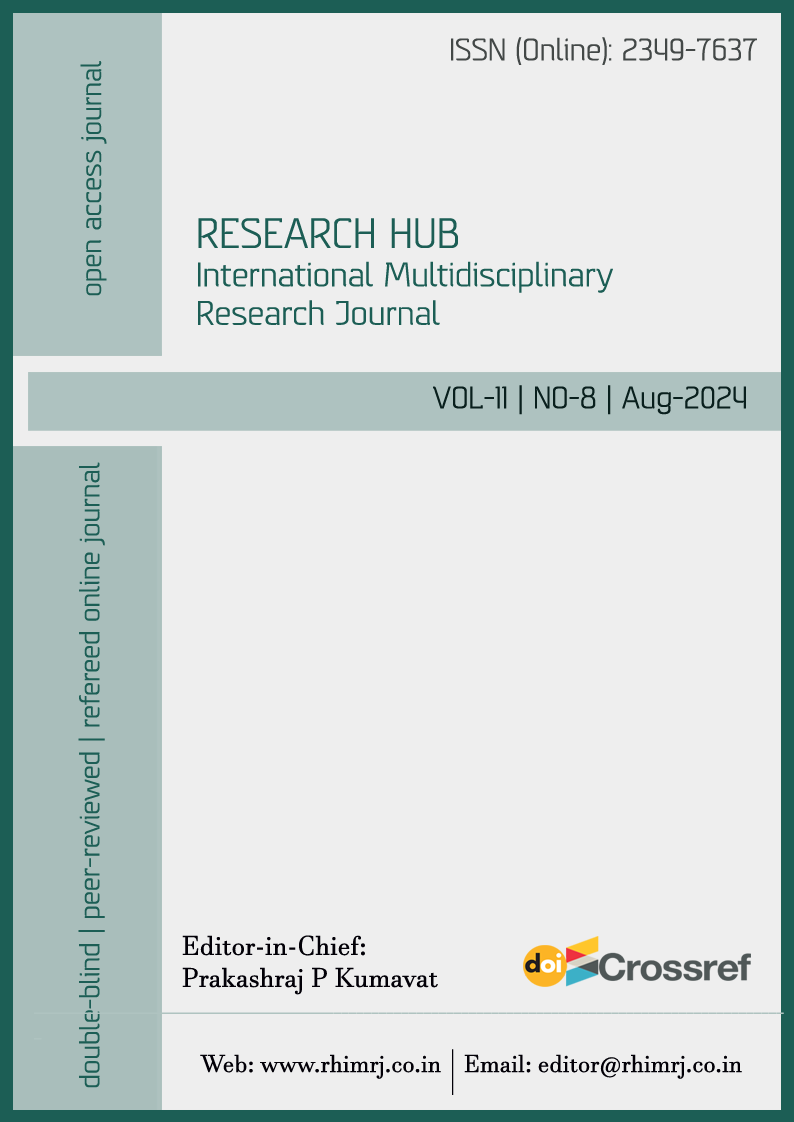Situating Bidesia within the extant Indian folk theatrical tradition
DOI:
https://doi.org/10.53573/rhimrj.2024.v11n8.007Keywords:
Folk theatrical traditions, Roadside drama, Philosophical discourses, Bhojpuri theatre, One man theatreAbstract
Folk theatre is intrinsic to Indian society. There are numerous folk theatre traditions in India. No folk theatre form grows in isolation rather they borrow from and complement each other. Bidesia, a folk theatre form of eastern Uttar Pradesh and western Bihar, developed during early twentieth century is no different. It too borrows heavily and is influenced by extant Indian theatrical tradition. This paper looks at the similarities and uniqueness that Bidesia as folk theatre form has with other folk theatrical forms thereby situating Bidesia in the larger Indian folk theatrical tradition.
References
Ahuja, Chaman. Contemporary theatre of India: An Overview. National Book Trust, 2012.
Gargi, Balwant. Folk Theater of India. Rupa & co, 1991.
Gautam, Ramesh. Hindi Rangmanch ka Lokpaksha. Swaraj Prakashan, 2020.
Parmar, Shyam. Lokdharmi Natya Parampara. Hindi Pracharak Pustakalaya, 1956.
Ravi, Hemant Raman. Hindi Rangmanch ke Sandarbh me Bhojpuri Loknatya Roopon ka Adhyan. Ph.D Thesis, University of Delhi, 2019 (unpublished).
Veena. August 1972.
Yadav, Virendra Narayan, and Nagendra Prashad Sinha, editors. Bhikhari Thakur Rachanavali. Bihar Rashtra Bhasha Parishad, 2005.



